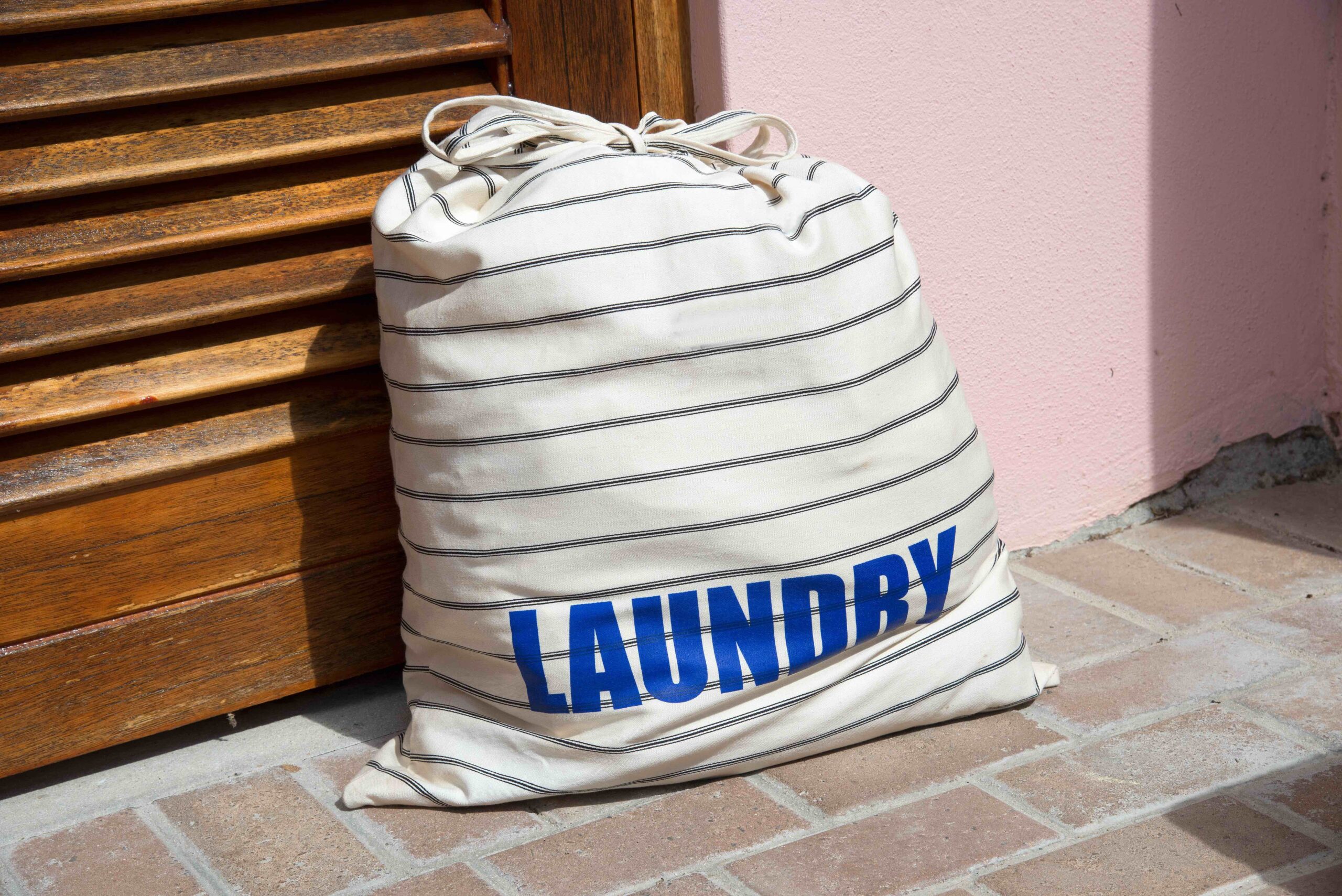In every household, the sight of a favorite white shirt or blouse stained with color from other fabrics is all too common. This problem, often referred to as color-bleed, can be a distressing laundry mishap.
The root of this dilemma extends beyond just the fabrics we wash together. There’s an intricate science behind how our clothes are cleaned, and one crucial component plays a significant role: water temperature.
By delving deeper into the dynamics of washing, we can better navigate the challenges of maintaining the pristine appearance of our beloved whites and understand why temperature is such a pivotal factor.
What is Color-Bleed?
Color-bleed is the unintended transfer of dye from one piece of clothing to another during the washing process. Imagine your vibrant red sock turning your white sheets a shade of pink – that’s color-bleed in action.
This phenomenon is not random; it’s a result of certain conditions in the washing environment that allow dyes to release from one fabric and settle onto another. Variables such as detergent type, wash cycle, and, importantly, water temperature can influence this process.
However, among all these factors, understanding water temperature’s impact can be the key to preventing most color-bleed incidents. This brings us to the broader question: how does temperature affect our laundry?
Understanding Water Temperature and its Impact
The laundry world recognizes three primary water temperature settings: Cold, Warm, and Hot. Each temperature range interacts differently with the fabrics and the dyes within them.
Cold water, being the gentlest, is often recommended for delicate fabrics and garments that might shrink. On the other hand, warm water strikes a balance, being effective for moderately soiled laundry and offering a lesser risk of shrinking or color fading than hot water. Hot water, with its sanitizing properties, is often reserved for linens, towels, and white fabrics to remove germs and allergens.
But when it comes to the solubility of dyes and their likelihood to bleed, water temperature plays a determining role. The warmer the water, the more the dye tends to release — but there’s more to the story.
The Role of Water Temperature in Preventing Color-Bleed
Cold water, despite its energy-saving appeal and gentleness on fabrics, doesn’t always prevent dyes from releasing. However, it’s less likely to cause colors to run than warmer temperatures, making it a safer choice for mixed loads.
Warm water offers a more effective solution against dye transfer than cold water. It provides a good balance between cleaning efficacy and fabric care, but there’s still a risk of color-bleed, especially with poor-quality dyes or when washing vastly different colors together.
Hot water, the most effective in preventing color-bleed, ensures that dyes set into fabrics, reducing the chances of transfer. However, its aggressive nature can weaken certain fabric fibers and accelerate fading over time, hence should be used judiciously.
Tips for Successful Washing
Managing laundry is more than just sorting whites and colors. It involves understanding fabric types, using the right detergent, and knowing how to optimize your washing machine settings. Proper laundry management can make a world of difference in preventing unwanted stains and color-bleed.
Before starting a wash cycle, it’s essential to separate laundry not only by color but by fabric type. Delicate fabrics can release dyes more readily, especially when exposed to the agitation of regular cycles. Pre-soaking garments, especially new ones with vibrant colors, in cold water can also help reduce the risk of dye transfer during the actual washing.
Moreover, there are products like Color Catchers available in the market, which absorb loose dyes in the water, preventing them from settling on other fabrics. These can be a lifesaver, especially when washing mixed loads. Lastly, always pay attention to care labels. Manufacturers often provide temperature recommendations which, when followed, can prevent color-bleed and prolong garment life.
Other Factors Influencing Color-Bleed
While water temperature plays a significant role in preventing color-bleed, other factors in the washing process can influence dye transfer. The type of detergent used, for instance, can make a difference. Detergents specifically formulated for colors can help stabilize dyes, preventing them from bleeding onto other fabrics.
The washing machine’s cycle selection also plays a part. Delicate or hand-wash cycles, which involve less agitation, can be gentler on fabrics, reducing the chances of color-bleed. On the contrary, vigorous cycles might increase the risk, especially if the load contains mixed colors and fabrics.
Different fabrics have varied propensities to bleed. Natural fibers like cotton tend to lose dye more easily compared to synthetic fibers like polyester. Being aware of the fabric composition of your garments can guide you in choosing the right washing conditions and preventing color transfer.
The science behind laundry and the prevention of color-bleed is intricate and multi-faceted. However, understanding the basics, especially the role of water temperature, can transform our laundry experiences, ensuring vibrant, stain-free garments wash after wash.
Whether you’re trying to maintain the crisp whiteness of your linens or ensuring that your colorful garments don’t fade, the right washing techniques matter. As we’ve explored, something as fundamental as water temperature can make all the difference.
By integrating the knowledge shared in this guide into our laundry routines, we can confidently tackle the challenges of color-bleed, ensuring that our garments remain as radiant as when we first bought them.






